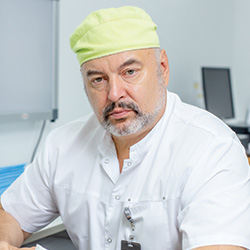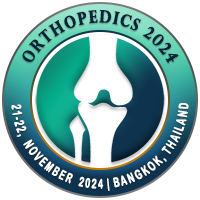
Igor Pakhomov
Tsivyan Novosibirsk Research Institute of Traumatology and Orthopaedics, Russian FederationTitle: Surgical treatment of patients with hard lesion of the hind foot and ankle with custom-made implants. Case presentation
Abstract
The treatment method of patients, suffering from aseptic talar necrosis and its complications is tibio-talo-calcaneal arthrodesis. This medical approach to solve this problem is conventional worldwide. For many years our clinic followed this rule. Unfortunately, we accumulated negative experience with this approach. The reasons for the high values of poor treatment outcomes were as follows: first, high rate of painful non-unions; second, residual deformations; third, inevitable and irreversible loss of foot movements. Besides, need for massive bone transplantation and overlong immobilization period were inacceptable too. Thus, we investigated new possibilities to overcome problems, numbered above. Additive technologies attracted our attention. The problem was discussed with engineers of local Science City, resulting technology of artificial individual talar bone manufacturing. Legal service found legal rationale for our surgical activity. Initially, ceramics was chosen as material for talar implant. We were satisfied with this fact, but due to the high cost of ceramics we were forced to change ceramics to titanium. Having analyzed world experience and own material, we issued need of ankle prosthesis components and reconstuctructive operations with talar replacement in indicated cases. Since 2019 y. in our clinis we operated on 15 patients , suffering from aseptic talar necrosis of various origin and its complications. Custom-made talar implants were In all patients, 12 patients received custom-made talar implants solely. 4 patients received custom-made talar implants in combination with ankle prosthesis component, one patient received temporary custom-made talar implant in combination with both malleolar plasty. Two results were poor, due to complications – malposition of the implant. - One of them was revised due to manufacturing error of implant. In general, results were good. On the case presentation our patient demonstrated after two years after operation with wery good result of treatment.
Biography
Igor Anatolyevich Pakhomov, head of the department of foot and ankle joint at the Novosibirsk Research Institute of Traumatology and Orthopedics named after. Ya.L. Tsivyana, orthopedist-traumatologist, Doctor of Medical Sciences of the highest category

